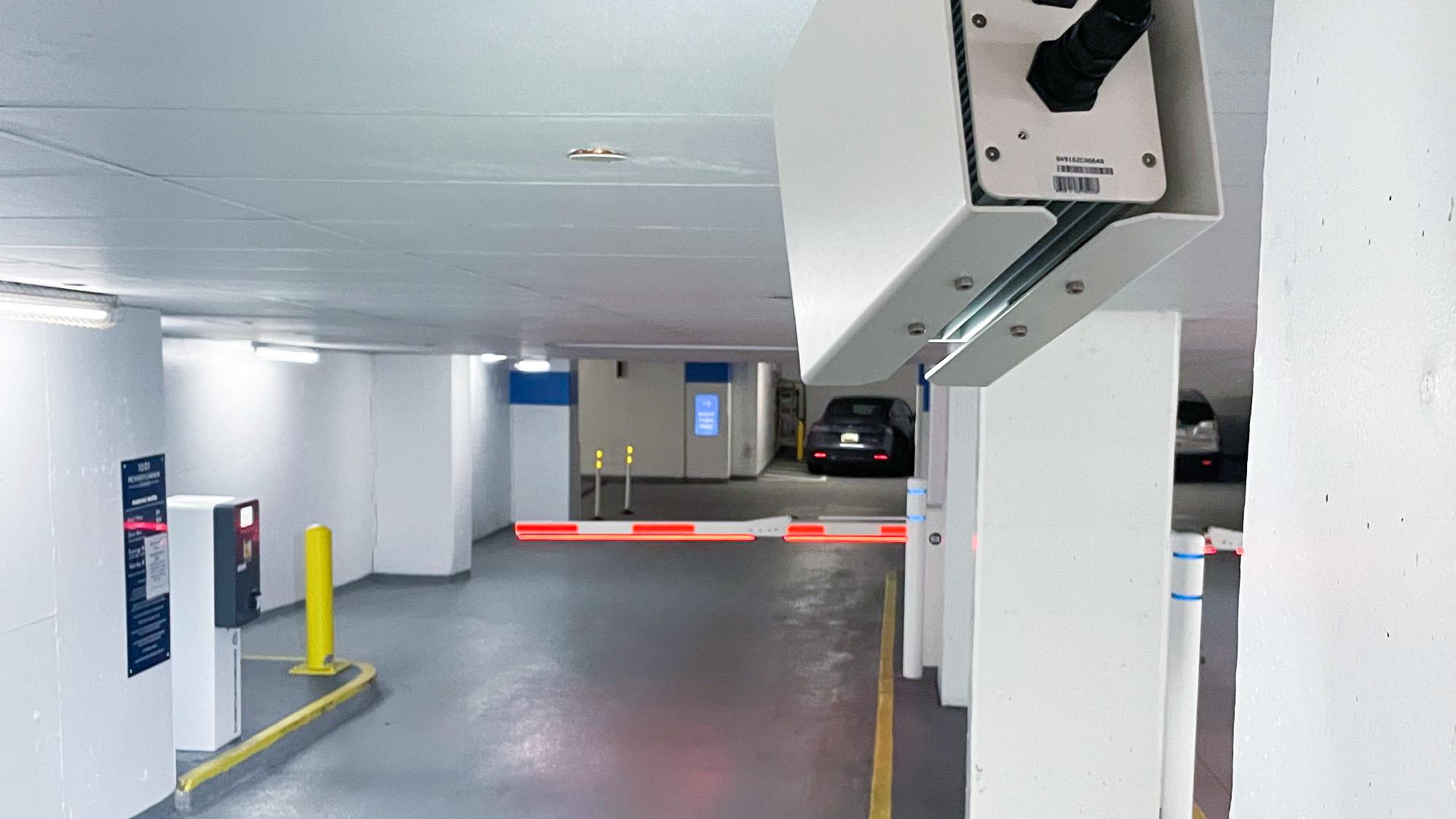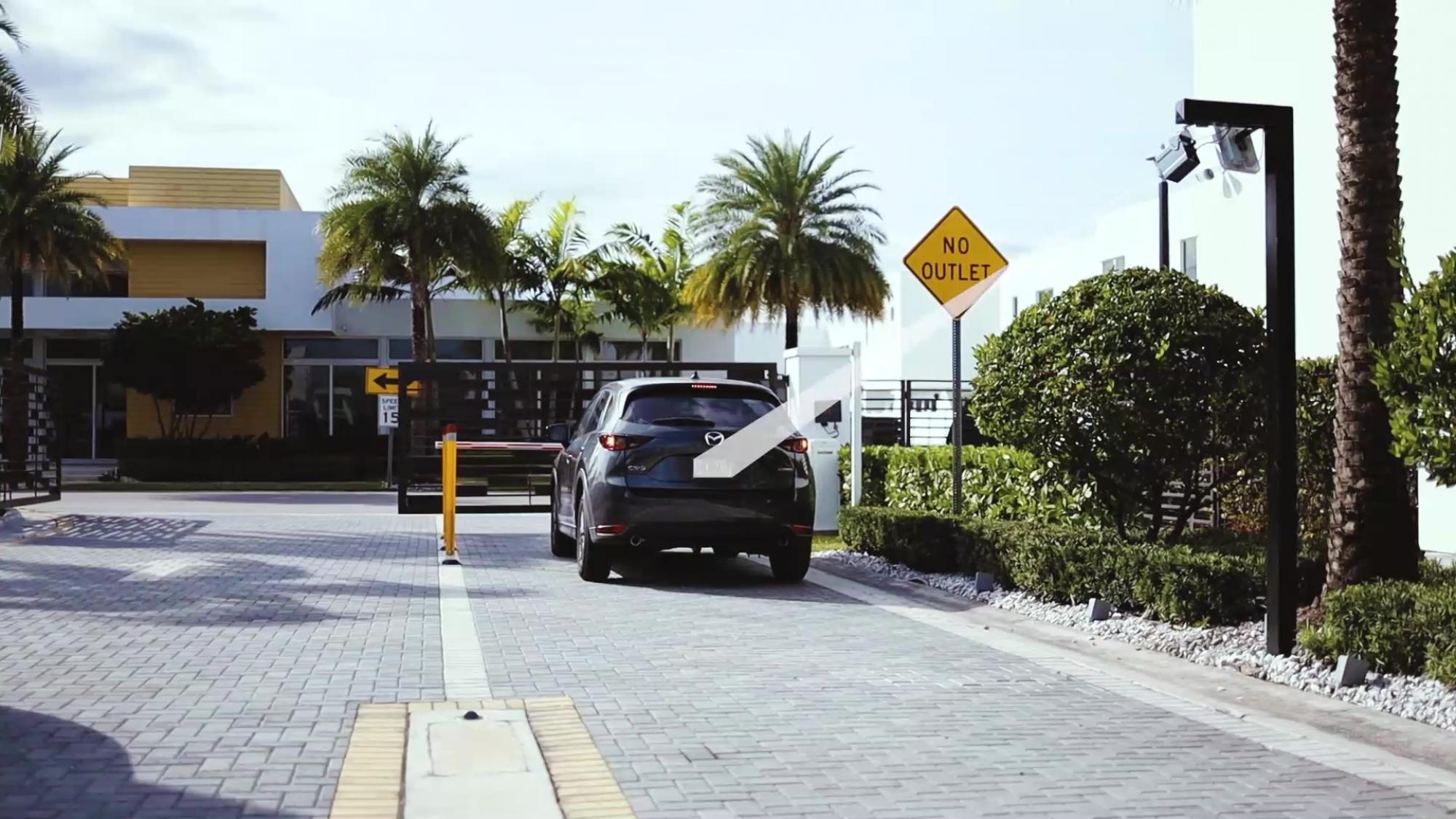

ANPR or LPR: What is the difference?
Are these terms pointing to the same license plate recognition process or are there differences you may know about?
Sometimes we come across cases where completely different terms are used to describe similar processes; but in the tech world, “similar” is far from being “the same”; when it comes to precise figures that imply less or more performance (money), you will have to dig deeper until you understand even the slightest difference.
This is the case of the two terms: ANPR (Automatic Number Plate Recognition) vs. LPR (License Plate Recognition); are they the same thing, or are there hidden subtle differences?; let’s dig.
ANPR and LPR are two acronyms generally referring to the capacity to capture photographic video or images from license plates and transform the optical data into digital information in real-time.
It would help if you didn’t waste time looking for the differences, so we will start with the technical aspect; in this order of things, the answer is YES: ANPR and LPR refer to the same process… BUT!
Learn more about what is LPR/ANPR
Some more delicate aspects of this duality may interest those looking for the best way to implement this growing and powerful technology.
The primary source of the discrepancy between the use of LPR and ANPR terms comes from the fact that this technology is used in at least four different application fields with very different cultures and histories.
We have discovered that the acronym ANPR (Automatic Number Plate Recognition) is mainly used in Europe and British English Tolling and Security fields; meanwhile, LPR (License Plate Recognition) is widely used in the U.S. Parking industry.

The second source comes from differences in the preferred terminology of the provider; U.S. providers will more likely use “LPR” to describe what they do (whatever they do), while European providers will prefer ANPR.
The third and more important is related to the evolution of LPR/ANPR: There are significant differences in the underlying technology and capability of each commercial solution on the market. Different providers or operators may call LPR or ANPR to what they do, even if it’s different from others.
For example, in the traditional Access Control business, some use LPR to refer to “cameras that read license plates AND THEN get connected” to a server with an” ANPR software” to transform images to text, distinguishing between the camera and the server.
Some Chinese providers call LPR a simple CCTV camera with conventional/generic OCR software.
For us, ANPR or LPR is an integrated function of ONE specialized ANPR / LPR Camera that can read, process and transmit the LPR data in real-time without needing any other hardware. The only difference is that we use LPR to talk to the American market and ANPR to talk to the European market.

As you can see, if you are not well-informed, LPR/ANPR can mean either a complex and expensive set of triggers, cameras and servers, a cheaper set of generic equipment or a specialized all-in-one camera!
The differences between these types of solutions in terms of performance/cost/benefit are huge! You will want to be aware of them; we are talking about thousands of dollars more or less to achieve the same.
The benefits of specialized All-in-One LPR cameras are hard to ignore:
- Much Lower costs: Avoiding triggers and servers represents considerable savings in infrastructure.
- Much More Accuracy: focused on License plates, LPR cameras’ AI-powered firmware delivers higher accuracy rates in less time than generic OCR cameras.
- Lower Network footprint: Sending processed digital data (No more than 50K per log) instead of a constant VIDEO stream represents enormous savings on data transmission, more stability, and, therefore, fewer chances of failure.
- Easy and cheap to scale: To extend the installation, add more LPR cameras, not servers or software licenses.
- Robustness: By having independent, serverless LPR cameras on each lane, widespread failures are unlikely to happen.
Read more about our unique take on LPR technology applied to our cameras
Whether you call it ANPR or LPR, All-in-one cameras are the best solution if you are looking forward to integrating this technology into your site.
LPR Cameras In depth
Different types of LPR cameras with specific capabilities for multiple scenarios with different requirements such as ticketless parking, tolling, access control, street surveillance and smart cities
Picopak
The world’s smallest LPR camera for security and on-street parking control
Micropak
High performance LPR camera for the most challenging sites such as very short distances and open angles
Nanopak
More affordable, smaller yet very fast and precise LPR camera, ideal for barrier or totem embedding
Visipak
Ideal for ITS and Tolling, this powerful camera works at large distances and very high speeds
Citypak
Compact and affordable LPR camera with 4G connection, designed for Smart city
What makes them Advanced?
Thanks to Ad-Hoc hardware and firmware, LPR Cameras are specifically designed to locate, read and digitalize license plates in complex conditions where other equipment fails
Supervision Dashboard
Human/Software Supervision tool that certifies installation and monitors performance
No LPR Server Needed
LPR is performed in the LPR cameras firmware
No trigger needed
LPR cameras detect and process plates at vehicle speeds as high as 250 kph
All included
Lights, protection and connection are integrated into the LPR Cameras
Short & Fast!
The shortest LPR distance (from 5ft!) at the highest reading speed (20ms)
Performance Warranty
Contractual ensurance of performance or money refund
Advanced Support
Highly trained, dedicated teams for every project. Quotes in 24 hrs, shipping in 48
AI powered firmware
Neural networks are used to learn from every plate read and increase performance over time
One camera per lane
You do not need more than 1 Survision LPR camera to get LPR working

